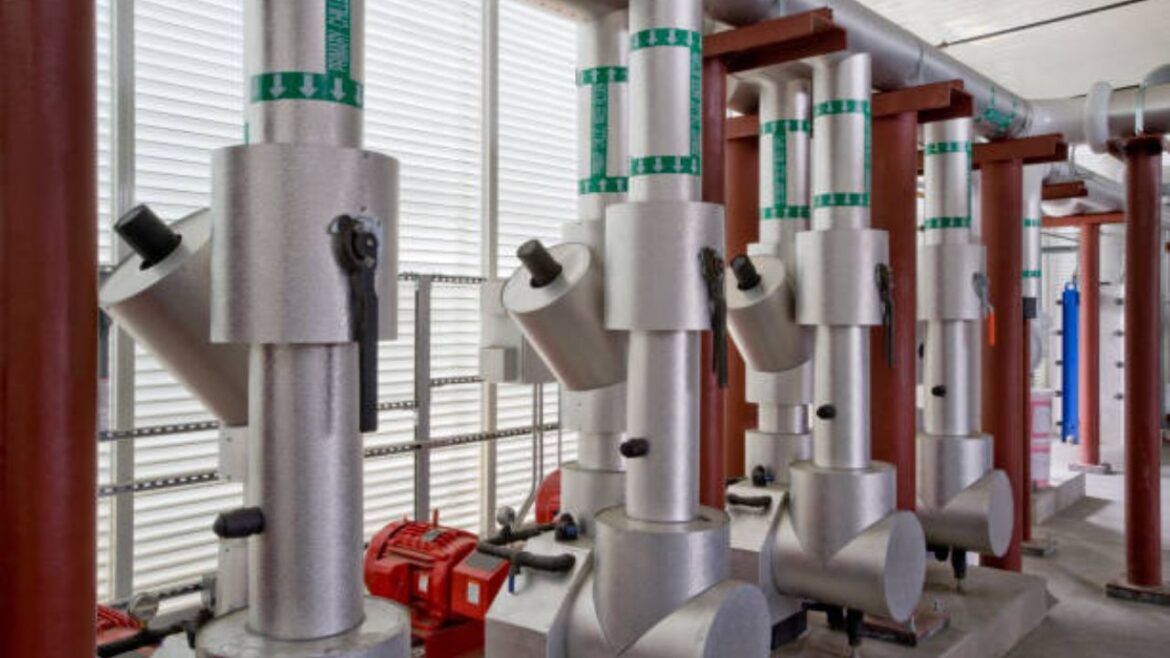Heat exchangers are essential components in industries such as chemical processing, power generation, and HVAC. Their mechanical design is critical for ensuring safety, efficiency, and durability. In order to accurately model the complexities of these static equipment designs, static equipment software must incorporate advanced features. This article explores how modern software can effectively account for the mechanical design of thermal exchangers. It needs to be pointed out that the mechanical design of the heat transfer equipment involves several critical factors. Some key aspects are:
Pressure and Temperature Considerations
Accurate calculation of stresses caused by internal and external pressures at shell or tube side design temperatures is of highest importance. Components such as tube bundles and floating heads require precise evaluation, particularly when high external pressures arise from shell-side design conditions.
Material Selection
Selecting suitable materials is crucial to withstand operational conditions. In this type of pressure equipment, the use of specialized materials – such as copper and nickel alloys – is frequent, in order for the construction to resist corrosion. Software must include up-to-date material libraries aligned with the latest industry standards.
Expansion Analysis
Differential expansion among tubes and shell is a significant concern in cooling and heating units. Expansion joints may be necessary, requiring compliance with EJMA, ASME, AD2000 or EN13445 formulas for bellows verification. Software should consider material degradation factors such as creep and fatigue over time as implemented in these Codes.
Tubesheet Design
Accurate modeling of tubesheet patterns – covering tube joint details, tube pitch, number of tubes, and hole parameters – is essential for structural integrity. Proper calculations for un-tubed lane areas and boundary tubes ensure compliance with design codes.
Compliance with Industry Standards
Thermal exchanger designs, being – above all – pressurized equipment, must adhere to established standards, including ASME, EN13445 and TEMA, to ensure reliability and safety.
To effectively support the exchanger mechanical design, vessel calculation software should incorporate the following essential features:
Automated Code Compliance Checks
Modern software should automatically verify adherence to pressure vessel codes, reducing manual calculations and ensuring regulatory compliance.
Comprehensive Material Database
A robust material library enables engineers to select materials based on factors such as pressure resistance and corrosion protection. The database should also consider material degradation aspects, including creep and fatigue.
User-Friendly Interface with Parametric Design Options
A user-friendly interface in the software is crucial for effectively modeling the thermal exchangers, as it enhances usability, reduces learning curves, and increases design efficiency. Key characteristics of such an interface include:
Intuitive Navigation: The application should offer a clean and organized layout, allowing engineers to easily access various design modules without confusion.
Graphical Visualization: Incorporating graphical representations, such as 3D models and real-time simulations, helps engineers visualize the design, facilitating better decision-making.
Customizable Templates and Libraries: Access to pre-built templates and extensive component libraries enables quick setup of standard designs, while allowing customization for specific project requirements.
Interactive Design Tools: Features like drag-and-drop functionality, real-time parameter adjustments, and immediate feedback on design changes, enhance the interactive experience, making the design process more efficient.
Conclusion
The mechanical design of heat exchangers is inherently complex, necessitating advanced software tools. By integrating features such as automated compliance checks, comprehensive material databases, and user-friendly interfaces, software tools significantly enhance the safety, efficiency, and regulatory adherence of equipment designs. As technology continues to evolve, design software will offer increasingly precise and efficient solutions for pressure equipment engineering. This is the primary focus of newly developed web-based applications like VCLAVIS.com, which aim to streamline pressure vessel analysis by leveraging cutting-edge technology.

